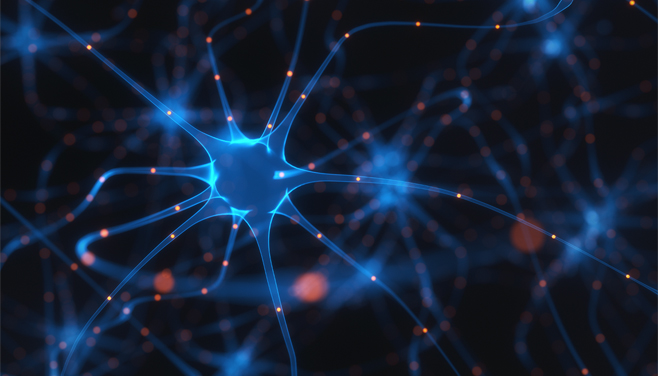Chiari Malformation
Let Us Help You Find a Doctor
Let Us Help You Find a Doctor
U.S. PATIENTS:713.790.3333
Find a Specialist Near You
A Chiari malformation is a congenital defect causing the brain and spinal cord to connect. Although the condition is relatively rare, Houston Methodist neurology specialists have the experience to guide you through your treatment options.
Chiari malformations typically develop in utero, but can occur later in life due to injury, exposure to harmful substances or infection. They are structural defects in the brain and spinal cord that specifically impact the cerebellum — the controller of posture, balance and equilibrium.
Chiari malformations cause the rear portion of the brain to compress, bulge or protrude into the spinal canal and cord. Pressure applied to the cerebellum and brain stem affects their functioning and causes a mix of symptoms such as headaches and balance or vision problems. The pressure also blocks the flow of cerebrospinal fluid, which surrounds and cushions the brain and spinal cord.
Houston Methodist’s Chiari malformation specialists offer the latest medications and surgical procedures to relieve symptoms and restore function.
One such procedure uncrowds the area at the base of the cerebellum where it pushes against the brain stem and spinal cord. This is done by removing a small portion of bone at the base of the skull, deep to the neck muscles, and often removing parts of the spinal column segments.
Chiari malformations typically develop in utero, but can occur later in life due to injury, exposure to harmful substances or infection. They are structural defects in the brain and spinal cord that specifically impact the cerebellum — the controller of posture, balance and equilibrium.
Chiari malformations cause the rear portion of the brain to compress, bulge or protrude into the spinal canal and cord. Pressure applied to the cerebellum and brain stem affects their functioning and causes a mix of symptoms such as headaches and balance or vision problems. The pressure also blocks the flow of cerebrospinal fluid, which surrounds and cushions the brain and spinal cord.
Houston Methodist’s Chiari malformation specialists offer the latest medications and surgical procedures to relieve symptoms and restore function.
One such procedure uncrowds the area at the base of the cerebellum where it pushes against the brain stem and spinal cord. This is done by removing a small portion of bone at the base of the skull, deep to the neck muscles, and often removing parts of the spinal column segments.
Learn More About Chiari Malformations
Learn more about Chiari malformations through Emmi, our collection of multimedia patient education programs.
Chiari Malformation Education >
Find Patient Resources
Get information to prepare for your visit, as well as find answers to frequently asked questions.
Find Patient Resources >
Choose a Doctor at One of Our Locations
FILTERS:
Clear All Filters


